This article was medically reviewed by Luba Lee, FNP-BC, MS and by wikiHow staff writer, Danielle Blinka, MA, MPA. Luba Lee, FNP-BC is a Board-Certified Family Nurse Practitioner (FNP) and educator in Tennessee with over a decade of clinical experience. Luba has certifications in Pediatric Advanced Life Support (PALS), Emergency Medicine, Advanced Cardiac Life Support (ACLS), Team Building, and Critical Care Nursing. She received her Master of Science in Nursing (MSN) from the University of Tennessee in 2006.
There are 15 references cited in this article, which can be found at the bottom of the page.
This article has been viewed 11,302 times.
Fatty liver disease is a common medical condition with a variety of causes, including alcohol abuse, excess insulin in the blood, and damage to the mitochondria in your cells. You may develop this condition if your body stores too much fat in your liver cells.[1] Worrying you may have fatty liver disease can be scary, but if you are diagnosed with fatty liver disease, you can make changes to treat this condition. If you recognize the symptoms of fatty liver disease, visit your doctor to get some simple diagnostic tests. Once a diagnosis is made, your doctor will create a treatment plan to get you on the road to recovery.
Steps
Recognizing Symptoms
-
1Notice if you often have pain or fullness in your upper right abdomen. Most people with fatty liver don’t have any noticeable symptoms. However, depending on the cause and severity of your fatty liver, you may experience some pain. Your pain may feel dull or throbbing, and it could range from discomfort to severe cramping. In some cases, it might just feel like your abdomen is full all of the time, even if you haven’t eaten.[2]
- Pain on the right side of your abdomen is also a symptom of other conditions, including excess gas, so it doesn’t mean you need to worry. However, it’s a good idea to visit your doctor if you’re experiencing it often or have other symptoms on top of it.
-
2Observe if you often experience extreme fatigue, even after resting. Fatty liver disease can make you feel exhausted all the time, even if you’re getting plenty of sleep and rest. You may feel like your body is weak and you have no energy. Additionally, you may experience headaches, muscle soreness, and irritability. While fatigue alone doesn’t mean you have fatty liver disease, it may be a cause for concern if you also have other symptoms.[3]
- If you’re always experiencing fatigue, it’s best to see your doctor to find the root cause of your condition.
Advertisement -
3Watch for loss of appetite and unintended weight loss. You might notice that you’re not as hungry as usual or that you feel full quickly. This can cause you to eat less food, which in turn may lead to weight loss. However, it also means you aren’t consuming as many nutrients. If you’re having trouble getting yourself to eat or are losing weight very quickly, see your doctor to discuss your symptoms.[4]
- Unexplained weight loss is also a symptom of other medical conditions, and your doctor can help you determine the cause and get proper treatment.
-
4Notice if you’re experiencing frequent nausea, vomiting, or diarrhea. Fatty liver disease may cause stomach upset, especially as your condition progresses. You might notice that these symptoms return often, even though you don’t otherwise feel ill. Although nausea, vomiting, and diarrhea may have other causes, it’s best to check with your doctor if you have these symptoms often.[5]
-
5Watch for signs of jaundice, such as yellowing skin and eyes. You may notice that the whites of your eyes appear yellow, while your skin has a slightly yellow tinge.[6] These are signs of jaundice, which occurs when your blood contains too much bilirubin, the substance that carries oxygen in your red blood cells.[7]
- You’re more likely to experience jaundice when your fatty liver disease is more advanced, but your doctor can still get you on a treatment plan.
Did You Know? Normally, your liver filters out old bilirubin, which your body replaces. However, fatty liver disease makes it hard for your liver to function correctly, which causes the bilirubin to build up in your bloodstream, causing jaundice.
-
6Look for unexplained swelling in your abdomen or legs. The swelling can range from mild to serious. This is called edema, which happens when fluid builds up under your skin. If you haven’t experienced an injury that may cause swelling, then it may be caused by fatty liver disease.[8]
- Edema can cause a lot of discomfort, but your doctor will provide treatments to help you find relief.
-
7Notice if you’re experiencing confusion. Feeling confused can be scary, but your doctor can help. When you feel confused, sit down, rest, and ask someone for help. Then, visit your doctor to find out what’s causing your symptoms.[9]
- Other conditions can also cause confusion, but your doctor will help you figure out if your symptoms are related to fatty liver disease.
-
8Check if your liver is enlarged by visiting your doctor. An enlarged liver is the tell-tale sign of fatty liver disease, but it’s hard to detect on your own. Your doctor can do simple, painless imaging tests to see if your liver appears enlarged. Additionally, you may notice tenderness or pain in your right side, which may be a sign of an enlarged liver.[10]
- Keep in mind that you may not have any symptoms with an enlarged liver.
-
9Recognize if you have a risk factor for fatty liver disease. Anyone can develop fatty liver disease, but some medical conditions may increase your risk. If you have one of these conditions, don’t worry. In some cases, you may be able to work with your doctor to manage or reverse your condition to reduce your risk. Conditions that may be a risk factor for fatty liver disease include:[11]
- Obesity.
- Insulin resistance.
- High blood sugar (also known as hyperglycemia).
- High levels of fat in your blood.
- Preeclampsia during pregnancy.
- Being in your 40s or 50s.
Seeking Medical Advice
-
1Visit with your doctor to discuss your symptoms. At your appointment, provide a detailed medical history, along with information about your diet, exercise habits, and drug or alcohol use. Then, tell your doctor about all of the symptoms you’ve been experiencing, as well as how long you’ve had them and how often they occur. Based on this description, your doctor will determine which diagnostic tests they need to do, if any.[12]
- When making the appointment, let the receptionist know you’re concerned about a possible diagnosis of fatty liver disease. This helps the medical staff ensure all testing equipment is available the day of your appointment.
- It’s helpful to keep a journal of your symptoms to make it easier to remember how often you’re experiencing them.
-
2Consent to a physical exam. If your doctor suspects fatty liver or another liver condition, they will want to examine your abdomen. They’ll likely do a visual exam and also feel for pain, tenderness, and swelling in the area around your liver.
-
3Allow your doctor to do blood work. Your doctor will do a simple, painless blood draw to check your liver’s function and rule out other conditions. Usually, they’ll do this test in their office. This will help them figure out if you may have fatty liver disease, or if you might have another condition. Your blood work will likely include:[13]
- A complete blood count (CBC).
- Liver function tests (including albumin, bilirubin, alkaline phosphatase, and prothrombin time tests).
- Tests for viral hepatitis (A,C, and others).
- A celiac disease test.
- Fasting blood sugar levels.
- Hemoglobin A1C, which provides an overview of blood sugar stability.
- Lipid profile, including cholesterol and triglycerides.
Tip: Your doctor will likely ask you to fast before you come in for your blood work. For instance, they may instruct you not to eat or drink anything other than water after a certain point the night before your test, such as midnight. However, drink plenty of water before your blood test so that you’re hydrated, which improves your blood circulation.
-
4Get imaging procedures so your doctor can view your liver. These simple, painless procedures let your doctor view your liver to look for signs of fatty liver disease. This helps them make an accurate diagnosis. Your doctor may do the following imaging tests:[14]
- An ultrasound uses sound waves to create an image of your internal organs, which lets your doctor see what your liver looks like. This test can often detect fatty liver with up to 80-90% accuracy.
- A computerized tomography (CT) scan combines X-rays from different angles of your body to create an image of what your liver looks like. Like an ultrasound, a CT can detect fatty liver with great accuracy. It can also detect other masses on and around the liver, such as tumors.
- A magnetic resonance imaging (MRI) scan uses a magnetic field and radio waves to create a detailed view of your abdomen, giving your doctor the best look at your liver.
- Transient elastography is an enhanced version of an ultrasound, which uses sound waves to figure out how stiff your liver is. However, this test is normally used only for alcohol-related fatty liver disease.
-
5Undergo a biopsy so your doctor can test your liver tissue, if necessary. Rarely, your doctor may want to do a liver biopsy if your other tests are inconclusive. Before taking the biopsy, your doctor will numb the area so you won’t feel any pain. Then, they’ll insert a long, thin needle into your liver to collect a few cells. They’ll test these cells to see if you have fatty liver disease.[15]
- You probably won’t need a biopsy. However, your doctor will ensure the process is as painless and easy as possible, if you do.
Treating a Fatty Liver
-
1Maintain a healthy weight by eating a balanced diet and exercising. Carrying excess weight on your body increases your risk of fatty liver disease and may make it hard to relieve your symptoms. You can reach or maintain a healthy weight by building your meals around lean protein and non-starchy vegetables, though it’s okay to enjoy single servings of your favorite starches. Snack on fruits, veggies, nuts, and low-fat dairy, like yogurt and string cheese. Additionally, cut out added sugars and processed foods.[16]
- Talk to your doctor to find out what your target weight should be. Additionally, always check with your doctor before you make dietary changes or start a new exercise program.
- If you’re struggling with healthy eating, visit a dietitian for advice. They’ll talk to you about your eating habits and what you enjoy eating. Then, they’ll create a healthy diet that meets your preferences.
- There’s some evidence that bariatric surgery can be helpful if you have non-alcoholic fatty liver disease along with obesity.[17] Ask your doctor if this may be a good option for you.
-
2Talk to your doctor about reducing your blood lipid levels. Having high levels of lipids (or fats) in your blood can put you at risk of developing fatty liver disease. Ask your doctor about how to reduce your blood lipid levels if they are too high. They may recommend:[18]
- Reducing the amount of fat in your diet. For example, they might recommend that you avoid fried foods, fatty meats, and high-fat diary.
- Increasing your fiber intake.
- Exercising 30 minutes a day, 4-5 days a week.
- Quitting cigarettes, if you use them.
- Taking medications to lower your cholesterol levels.
-
3Avoid drinking alcohol altogether, especially if it caused your fatty liver disease. Excessive drinking can cause fatty liver disease, so it’s best to stop drinking after your diagnosis. Otherwise, your condition may worsen, and you may not be able to receive all of the available treatments for your condition.[19]
- If you’re an alcoholic, quitting can be difficult. Fortunately, your doctor can help by connecting you with a support group or giving you a prescription to help you stop drinking.
- If you’ve been diagnosed with fatty liver, your doctor will probably advise you to quit drinking alcohol completely and permanently.
-
4Manage any other health conditions you may have. If you have a health condition that may be connected to your fatty liver, such as diabetes, work closely with your doctor to make sure you are treating it properly. Taking care of your overall health can also help keep your fatty liver under control.[20]
- See your doctor for regular checkups and take all your prescribed medications according to your doctor’s instructions.
- If you have diabetes, keep a close eye on your blood sugar levels to make sure that they are well controlled.
-
5Ask your doctor about medications to relieve inflammation and stiffness. Your doctor may recommend certain medications to treat your fatty liver disease. Some medications, like vitamin E, thiazolidinediones, and obeticholic acid, can relieve inflammation caused by your condition. Additionally, drugs like pentoxifylline (Trental) and obeticholic acid (Ocaliva) may also relieve liver stiffness. However, these drugs aren’t right for everyone, so your doctor may not recommend them for you.
- Always take your medications as directed by your doctor.
-
6Discuss getting vaccinations against hepatitis A and B. Since hepatitis can cause fatty liver disease, your doctor might recommend getting vaccinated against these diseases. Fortunately, these vaccinations typically don’t cause side effects. While they won’t cure your fatty liver disease, they may protect you from further damage.[21]
- Your doctor can tell you if these vaccinations are right for you.
-
7Discuss getting a liver transplant if you develop cirrhosis of the liver. In some cases, your fatty liver disease can turn into cirrhosis of the liver. While this is scary, you still have treatment options, including a liver transplant. Fortunately, liver transplants are often successful, though they also carry risks. Your doctor can help you weigh the risks and benefits of getting a transplant.[22]
References
- ↑ https://medlineplus.gov/fattyliverdisease.html
- ↑ https://my.clevelandclinic.org/health/diseases/15831-fatty-liver-disease
- ↑ https://www.hopkinsmedicine.org/healthlibrary/conditions/liver_biliary_and_pancreatic_disorders/nonalcoholic_fatty_liver_disease_134,178
- ↑ https://my.clevelandclinic.org/health/diseases/15831-fatty-liver-disease
- ↑ https://www.mountsinai.org/health-library/diseases-conditions/alcoholic-liver-disease
- ↑ https://www.mayoclinic.org/diseases-conditions/nonalcoholic-fatty-liver-disease/symptoms-causes/syc-20354567
- ↑ https://medlineplus.gov/jaundice.html
- ↑ https://www.mountsinai.org/health-library/diseases-conditions/alcoholic-liver-disease
- ↑ https://www.med.upenn.edu/carr-lab/alcoholic-liver-disease.html
- ↑ https://www.mayoclinic.org/diseases-conditions/nonalcoholic-fatty-liver-disease/symptoms-causes/syc-20354567
- ↑ https://www.betterhealth.vic.gov.au/health/conditionsandtreatments/liver-fatty-liver-disease
- ↑ https://medlineplus.gov/fattyliverdisease.html
- ↑ https://www.ncbi.nlm.nih.gov/pmc/articles/PMC4155359/
- ↑ https://www.radiologyinfo.org/en/info/fatty-liver-disease
- ↑ https://www.hopkinsmedicine.org/healthlibrary/conditions/liver_biliary_and_pancreatic_disorders/nonalcoholic_fatty_liver_disease_134,178
- ↑ https://my.clevelandclinic.org/health/diseases/15831-fatty-liver-disease/management-and-treatment
- ↑ https://www.ncbi.nlm.nih.gov/pubmed/25386164
- ↑ https://www.aafp.org/afp/1998/0501/p2207.html
- ↑ https://www.hopkinsmedicine.org/healthlibrary/conditions/liver_biliary_and_pancreatic_disorders/nonalcoholic_fatty_liver_disease_134,178
- ↑ https://liverfoundation.org/for-patients/about-the-liver/health-wellness/nutrition/
- ↑ https://medlineplus.gov/fattyliverdisease.html
- ↑ https://www.niddk.nih.gov/health-information/liver-disease/cirrhosis/treatment
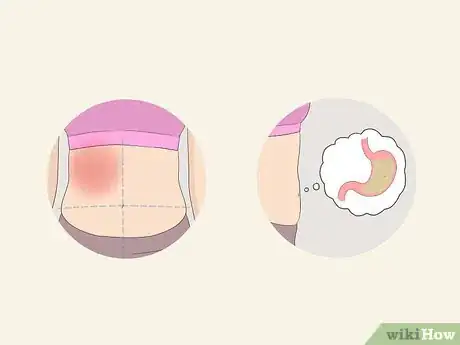
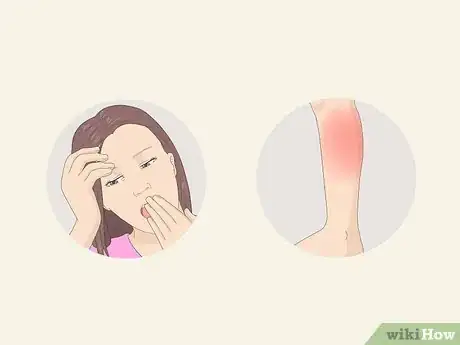
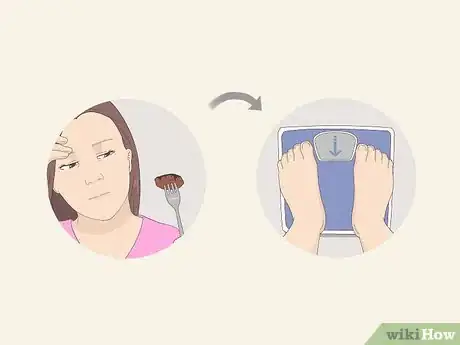
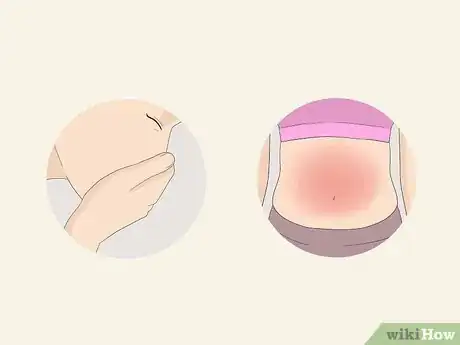
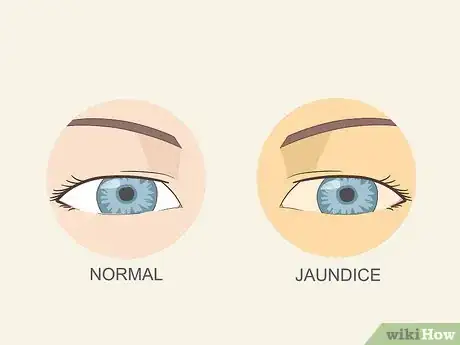
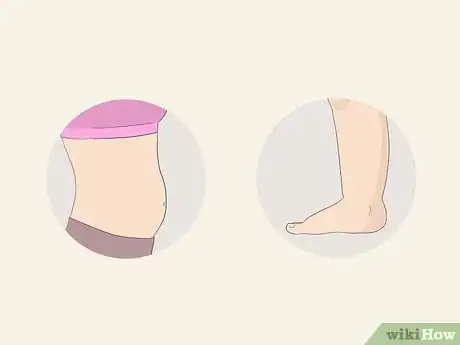
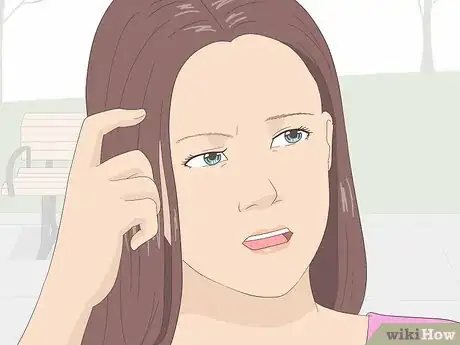
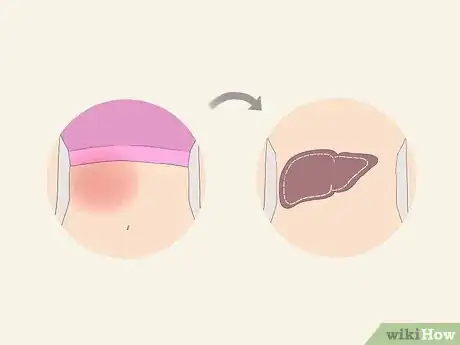
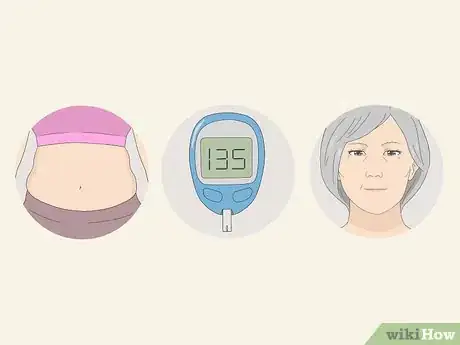
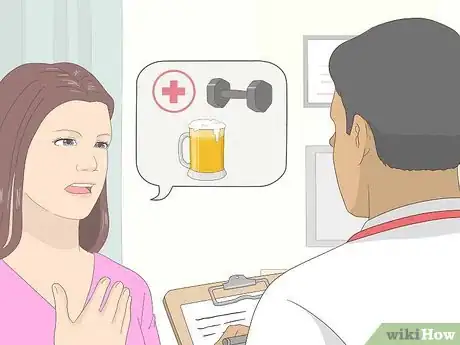
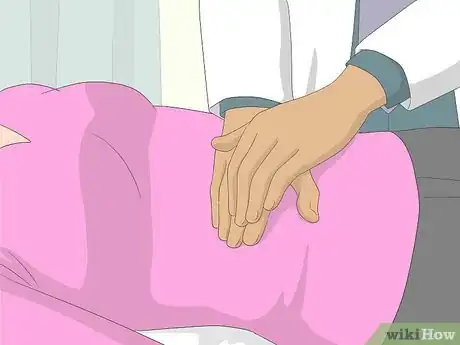

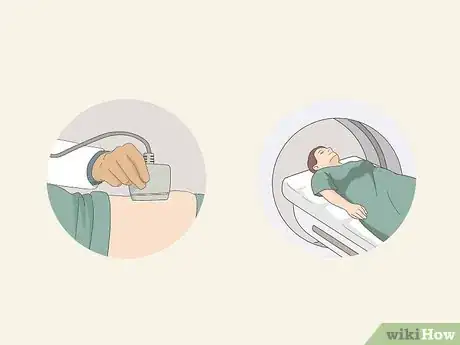
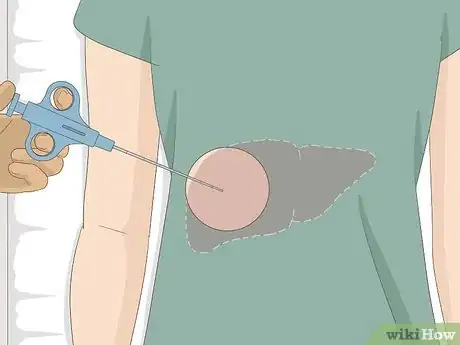
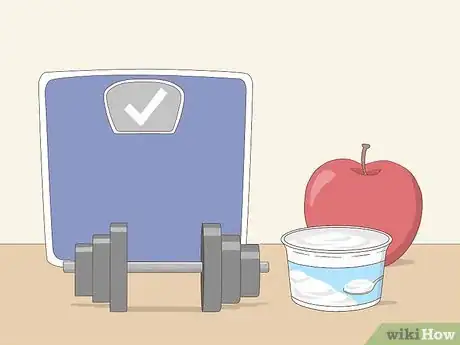
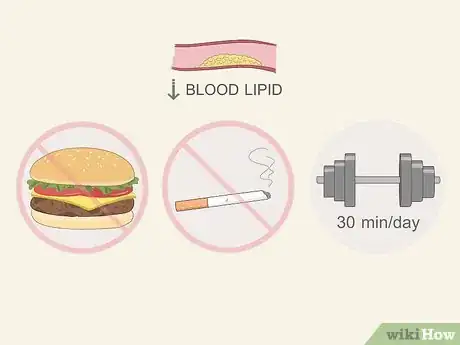


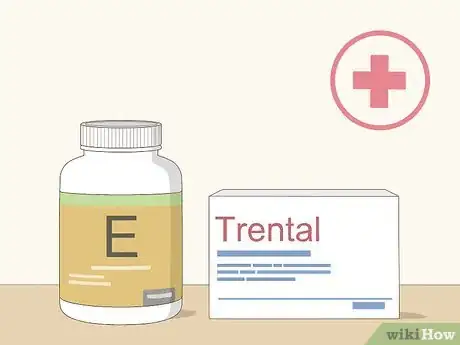
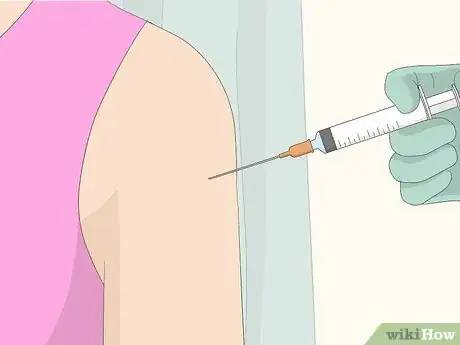
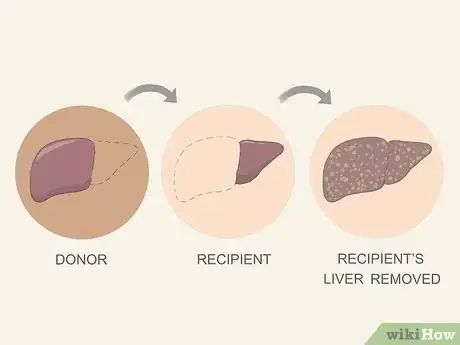

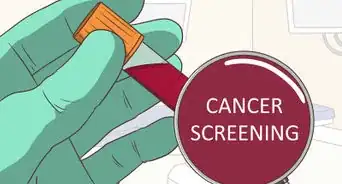
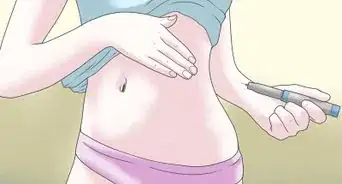
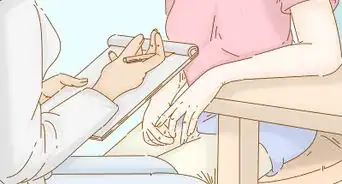
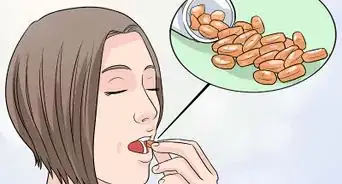

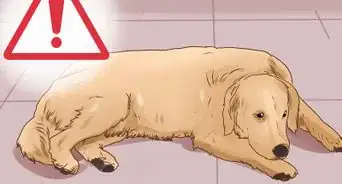
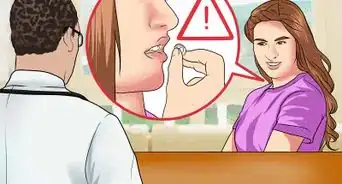



-Step-16.webp)

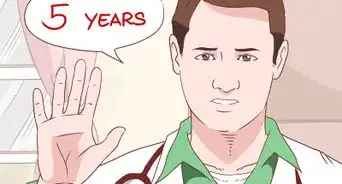








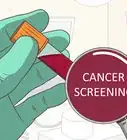





































Medical Disclaimer
The content of this article is not intended to be a substitute for professional medical advice, examination, diagnosis, or treatment. You should always contact your doctor or other qualified healthcare professional before starting, changing, or stopping any kind of health treatment.
Read More...